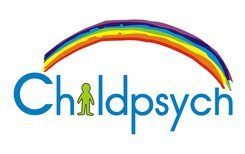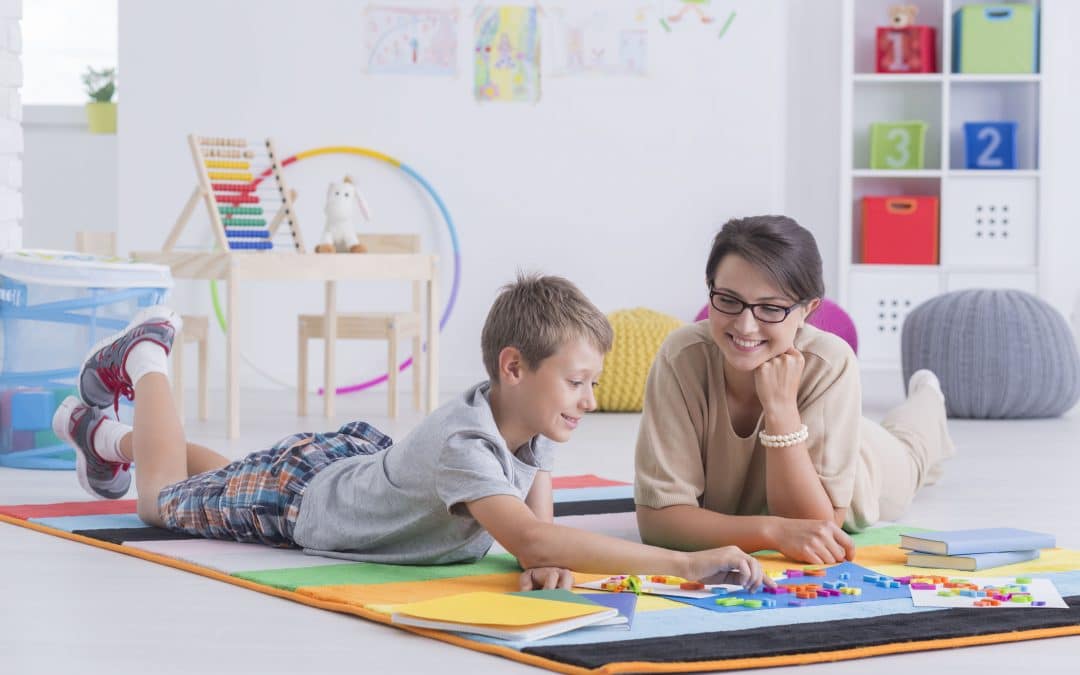Play therapy (child-centered play therapy and adult play therapy) is a psychological intervention recognised and renowned for its treatment of various psychological disorders. In part two of our blog series on play therapy, we discussed the various benefits of play therapy for individuals diagnosed with psychological disorders. Today, we take a look at the variety of instruments employed in child-centered therapy (CCPT) versus adult play therapy.
Child-Centered Play Therapy vs. Adult Play Therapy
Both child-centered play therapy and adult play therapy have the same common goal in mind. As suggested within its name, child-centered play therapy is a therapeutic approach commonly exercised with young children, where the child leads the play session and the particular role of the therapist is to recognise the emotions and actions of the child while ensuring the child is safeguarded.
As outlined in part one of the series, adult play therapy is equally rewarding as a therapeutic intervention for adults. As many specialists within the field have vowed over the years, play is extremely beneficial as a stress reliever, a tool for uplifting self-esteem, and as a magnifying glass into what occurs in the client’s life. Even adults can struggle to express themselves with words, hence why play therapy for adults is a useful key to better comprehension of many factors which would prove otherwise difficult to gauge.
Useful Tools for CCPT:
It is of utter importance to have a good variety of toys for children to express themselves with. Because each child is different and will express their feelings or actions differently, a broad collection of toys is necessary to accompany the diversity of playing styles which various children possess. Toys utilised in therapy should accommodate durability, emotional expression and creativity, and should be easy to navigate.
Some examples of toys for children include:
- Representative toys: dolls, hand puppets, a doll family, doll clothes and bottles for nursing, etc.
- Grocery store toys, play kitchen toys, plastic foods, a plastic cash register with play money, etc.
- Pretend adventure toys, such as farm animals, toy soldiers, rubber knives, cars, hats, masks, etc.
- Creative expression toys, such as paint brushes, paint, drawing paper, play-doh, etc.
Useful Tools for Adult-Centered Play Therapy
For adults, play therapy should not be viewed as forced, but rather an outlet for creativity and expression. Play therapy can lead to a decrease in heightened depression in adults. Ultimately, it should allow adults the ability to deal with feelings they cannot express with words.
Great ways for adults to do this during play therapy are:
- Role playing
- Sand playing
While the toys or techniques used within child-centered play therapy vs. adult play therapy may differ slightly, the end goal is aligned with it being an outlet for the expression of one’s most innate feelings and troubles which are often difficult to express under normal circumstances.
Would you like to learn more about how play therapy can benefit someone you know or care about? Contact me for a consultation or make an enquiry today.

